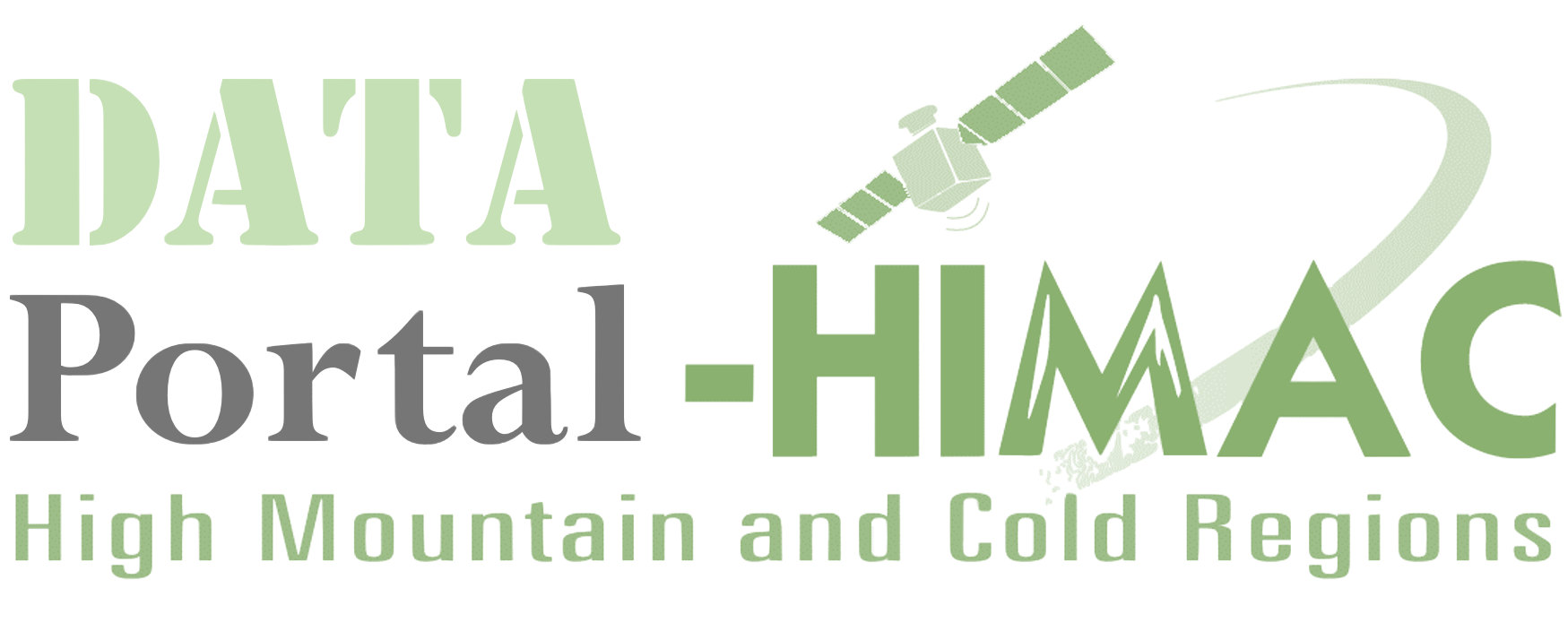ARCTIC INFRASTRUCTURE INVENTORY
Data and Resources
-
ARCTIC INFRASTRUCTURE INVENTORY
The Arctic Infrastructure Inventory (AII) tracks infrastructure projects in...
Additional Info
| Field | Value |
|---|---|
| Source | https://arcticinfrastructure.wilsoncenter.org/ |
| Last Updated | April 12, 2022, 02:03 (UTC) |
| Created | April 5, 2022, 07:50 (UTC) |
| Country | USA |
| Data Management | "Data in its raw form may contain errors or be incompatible with the structure of AII, so it must be processed before integration. AII data is processed in 3 interconnected stages: cleaning, transformation, and validation. Cleaning and Transformation Though they are two distinct stages, cleaning and transformation often occur at the same time. Cleaning refers to dealing with erroneous records (those that are incomplete, inaccurate, irrelevant, or duplicated). Transformation, in contrast, converts raw data into a desired format. Because AII is ultimately intended for public use, Wilson Center staff aim to convert raw data into formats more easily understood by human users. Given that each AII data source contains unique records and encoding methods, cleaning and transformation was tailored to each source. Validation Data validation ensures the quality of records that have undergone cleaning and transformation. Whenever possible, AII records were cross-referenced with data from multiple sources to confirm their validity." |
| Data Policy | "The Wilson Center developed a list of potential data sources and prioritized the inclusion of web pages that maximize the volume, relevance, and accuracy of records. Priority was given to the datasets of government bodies, independent research organizations, and NGOs, due to their role as aggregators of publicly available data and transparency in methods. Additionally, as the owners of public infrastructure, governments can be assumed to have the most authoritative dataset on public projects. For the current release of AII (December 2020), the largest sources of data were: the United Nations Code for Trade and Transport Locations the Global Power Plant Database (World Resources Institute) the Arctic Marine and Aviation Transportation Infrastructure Initiative (Arctic Council, under an initiative of the Governments of the United States and Iceland) the Interagency Electronic Reporting System for Commercial Fishery Landings (State of Alaska) the Federal Agency of Sea and River Transport (Government of the Russian Federation) Because coverage is currently limited to publicly available data, this list is not exhaustive. When possible, the websites of private owners of infrastructure were also consulted as the most authoritative source." |
| Data Sharing Principle | "Extracting Data Once a data source has been earmarked for inclusion in AII, its data must be extracted. The method chosen for data extraction depends on the format in which a web page stores data. Data used to build AII is stored in a variety of formats, ranging from .csv and .doc files to raw html. Where files are publicly available, they are downloaded in their raw form for further processing. Where data is stored in html, web scraping is employed. Web scraping, a normal part of internet operations, allows users to grab the portions of a web page’s html that contain the raw form of desired data. Web scraping can be performed in multiple coding languages, but for the purposes of AII, scraping was performed in Python. In accordance with industry standards, all data extraction and web scraping followed hypertext transfer protocol (HTTP) and proceeded with scraping only when issued a status code of 200 by the requested server of the data source. Users also followed the scraping protocols outlined by a server’s Robots.txt file, being careful not to exceed a server’s request limits. There are several limitations to using the methodology described in this document. It is unlikely that all data will be captured by this methodology due to the following factors: not all infrastructure data is publicly available search engines may return incomplete data due to deficiencies and biases in algorithms, indices, and/or queries data collected from third-parties may be erroneous The Wilson Center will make efforts to counter these limitations by: consulting governmental and nongovernmental entities directly to gain access to data that may not have appeared in search results or public web pages using multiple data sources to “plug” each other’s gaps cleaning and validating third-party data" |
| Database Level | Project |
| FIAR | No |
| Host Institute | Wilson Center’s Polar Institute |
| Opening Degree | Restricted Open |
| Organizer | Wilson Center’s Polar Institute |
| Region | Arctic |
| Source of Data Policy | Own |
| Theme | Infrastructure |
